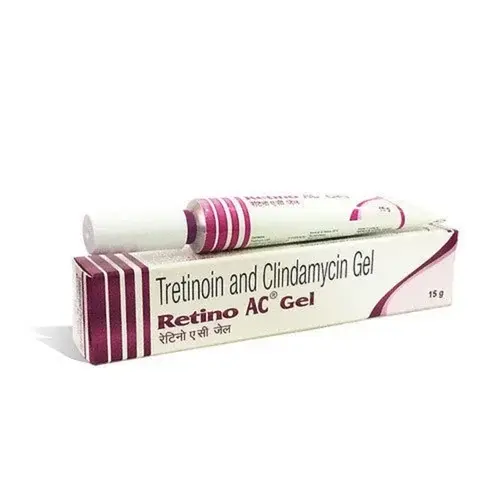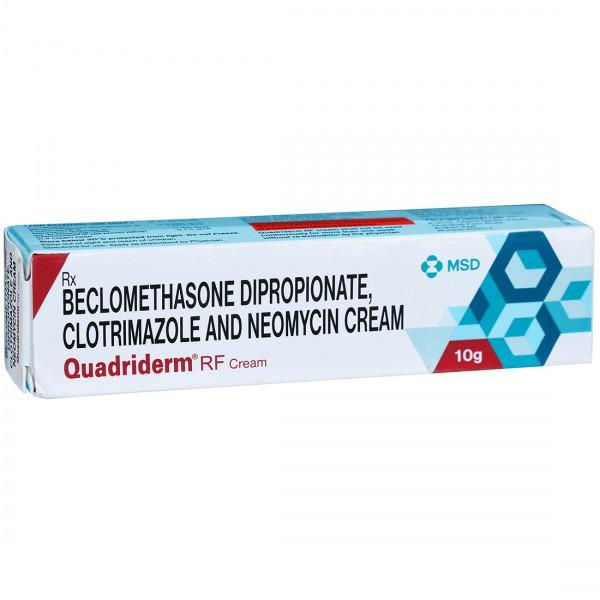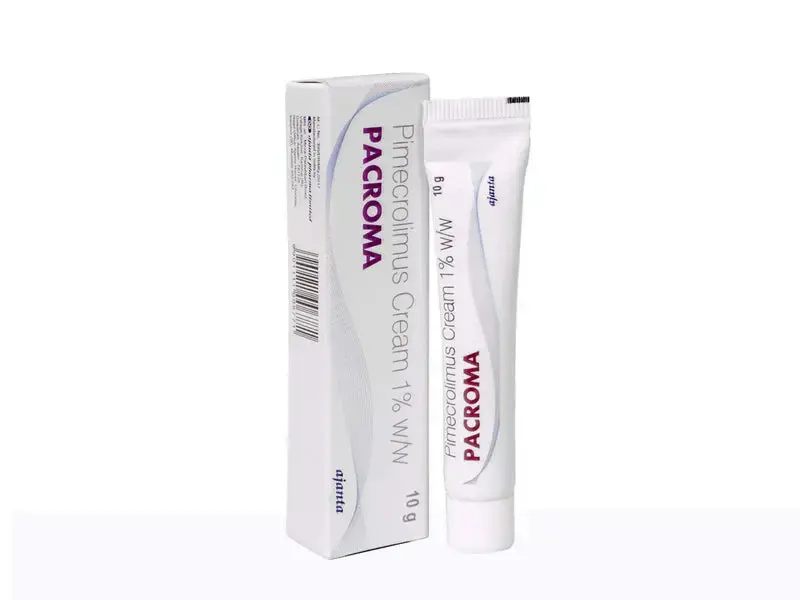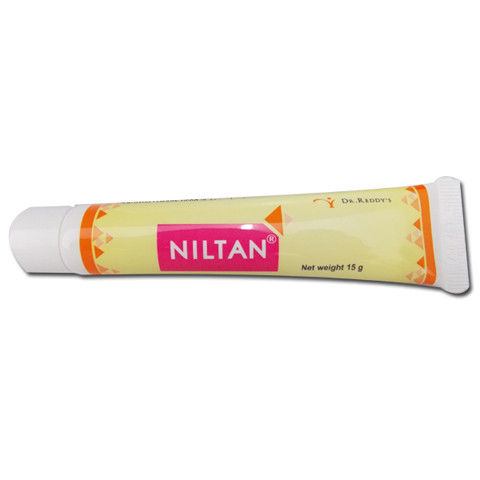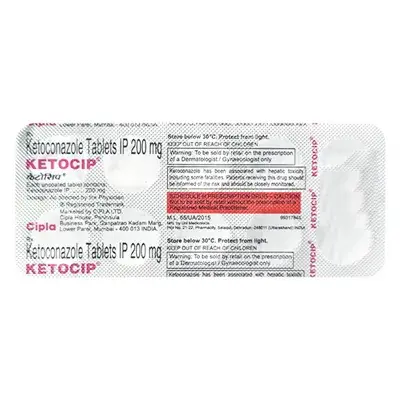Skin care refers to the daily regimen and specialized products used to maintain the integrity, function, and appearance of the skin. It encompasses gentle cleansing to remove impurities, hydrating and barrier‐strengthening formulations to prevent dryness, targeted serums and treatments for concerns like blemishes or hyperpigmentation, and broad‐spectrum protection against environmental stressors such as UV radiation and pollution. Effective skin care supports the outermost layer (stratum corneum) in retaining moisture, defending against irritants, and encouraging healthy cellular renewal.
-
Dryness & Flakiness: Rough, scaly patches, tight feeling after washing.
-
Oiliness & Shine: Enlarged pores, greasy appearance, prone to breakouts.
-
Acne & Blemishes: Whiteheads, blackheads, pustules, or inflamed papules.
-
Redness & Inflammation: Rosacea‐like flush, sensitive patches, occasional stinging.
-
Uneven Tone & Dark Spots: Hyperpigmented areas, sun spots, or post‐inflammatory marks.
-
Fine Lines & Dullness: Early signs of aging such as loss of elasticity and radiance.
These signals often overlap—dry skin can feel tight yet temporarily produce excess oil; acne can leave dark spots even after lesions clear.
-
-
Barrier Disruption: Over‐cleansing, harsh soaps, or low‐humidity environments strip natural oils and water.
-
Excess Sebum Production: Hormonal fluctuations (e.g., during stress or menstruation) drive oilier skin.
-
Inflammatory Responses: Irritants (fragrances, certain preservatives) or overuse of strong actives that provoke redness and sensitivity.
-
Sun Exposure: UV radiation breaks down collagen, causes pigmentation, and impairs barrier recovery.
-
Genetic Factors: Predisposition to conditions like acne or rosacea based on skin type or family history.
-
Lifestyle & Diet: Poor hydration, high‐glycemic foods, and lack of sleep can trigger dullness, breakouts, and premature aging.
-
-
Weather Variations: Cold, dry winter air exacerbates dehydration and tightness; hot, humid conditions can increase oiliness and sweat‐related clogging.
-
Stress & Fatigue: Elevated stress hormones can heighten oil production, inflammation, and delayed healing of blemishes.
-
Incompatible Products: Using overly stripping cleansers or mismatched actives (e.g., retinoid plus strong peel) leads to irritation.
-
Excessive Sun Exposure: Unprotected sun increases UV damage, redness, and accelerates pigmentation.
-
Dietary Indiscretions: High sugar or dairy meals may worsen sebum production in acne-prone individuals.
-
Hormonal Shifts: Menstrual cycle, pregnancy, or perimenopause can spike oiliness, sensitivity, or dryness depending on individual skin type.
-
-
Visual Examination & History: Clinician or guided self‐assessment of lesion type (e.g., comedonal vs. inflammatory acne), distribution, and duration. Discussion of daily regimen, product use, and environmental exposure helps identify triggers.
-
Skin Hydration & Barrier Tests: Imaging tools (e.g., corneometer) measure moisture levels; transepidermal water loss (TEWL) gauges barrier integrity.
-
Allergy & Sensitivity Screening: Patch testing or ingredient elimination helps pinpoint irritants causing redness or stinging.
-
Dermatoscopic Inspection: Magnified view of pigmented lesions or vascular patterns to differentiate benign spots from more significant conditions.
-
Laboratory & Culture (if needed): Bacterial culture of pustules or fungal scrapings to guide targeted topical antibiotic or antifungal therapy in persistent or atypical cases.
-
For most men with erection-related difficulty, a first-line approach involves oral sildenafil taken approximately 30–60 minutes before planned intimate activity. Initial dosing often starts at 50 mg, adjustable to 25 mg or 100 mg based on efficacy and tolerability (no more than one dose in a 24‐hour period). Sildenafil enhances natural erectile response following physical stimulation; it is not aphrodisiac and does not produce an erection without arousal. In cases of inadequate response, dose adjustment or evaluation of contributing health issues (e.g., uncontrolled blood pressure, poor glycemic control) may be needed. Lifestyle modifications—smoking cessation, moderate exercise, balanced diet, and stress management—complement medication for optimal results. Other oral PDE5 inhibitors (e.g., tadalafil, vardenafil) are alternatives if sildenafil is not tolerated or contraindicated.
Q1: How can I tell if my skin is dry or dehydrated?
-
Dry skin lacks oil and appears flaky or rough. Dehydrated skin lacks water regardless of oil levels—it may look tight and feel dull. Incorporate hyaluronic acid–based hydrators and an occlusive moisturizer to restore moisture.
Q2: My cleanser makes my skin feel tight. Should I switch?
-
Yes. A tight sensation indicates over-stripping of natural oils. Opt for a gentle, sulfate-free or micellar water cleanser that maintains the skin’s pH (~5.5) and barrier lipids.
Q3: Can I layer vitamin C serums and retinoids?
-
It’s best to alternate: use vitamin C (a.m.) for antioxidant protection and retinoid (p.m.) for renewal. If combining, apply vitamin C first, wait 20 minutes, then a low-strength retinoid—monitor for irritation and adjust frequency.
Q4: How often should I exfoliate?
-
For most skin types, 1–2 times weekly with a mild chemical exfoliant (AHA/BHA) is sufficient. Over-exfoliation can weaken barrier function and lead to redness; adjust frequency based on tolerance.
Q5: What ingredients help control oil without causing dryness?
-
Look for lightweight, non-comedogenic formulations containing niacinamide (2–5 %) to regulate sebum, zinc PCA for antimicrobial benefits, and oil-absorbing powders (silica, kaolin) that mattify without stripping moisture.
-






























